#WW2
Text










Tamara Wiszniewska (1919-1981) - Polish actress
Tamara Wiszniewska was born on December 19, 1919 in Dubno, Poland (now a region in western Ukraine) on the banks of the Ikva River. It was here that she spent her younger years during which she picked up dancing, which eventually led her to her career in film. In her 1981 obituary in the Democrat & Chronicle, it was reported that Tamara, at age 15, “Was a ballet dancer, when German film director Paul Wegener discovered her and gave her a role in the historical film, August der Starke (August the Strong)” which premiered in 1936. This German/Polish co-production is a biographical look into the life of Augustus II, ruler of Saxony and Poland-Lithuania from 1694-1733. Although Tamara played only a small role it marked her debut and eventual rise to fame within the Polish film industry.
Following her appearance in August der Starke, Tamara appeared in thirteen other films between 1936 and 1939, including Trójka Hultajska (The Trio Hultajska, 1937), Ordynat Michorowski (Ordinate Michorowski, 1937), and Kobiety nad Przepaścią (Women Over the Precipice, 1938). Wladyslaw (Walter) Mikosz, Tamara’s future husband, produced two of these films. In an interview, Tamara and Walter’s daughter, Irene, states that, "The two met because of their film careers, and were married [late that same year] in 1937".
Life for the Mikoszs was happy for a time. Tamara continued to pursue her acting career through 1938 and 1939 and had welcomed a new born daughter into the world alongside her husband, Wladyslaw. Unfortunately, these happy times did not last long as the Mikosz family experienced the rise of Nazi Germany and their occupation of Poland in 1939 during World War II. The following excerpt from an interview with Tamara in a 1974 Times Union tells how drastically their lives were changed:
"I always played a rich spoiled girl who had lovely clothes, and for a short time I lived that kind of life too. It was a short, beautiful life that ended when the Germans took over Poland in 1939. We were wealthy and the toast of the town then. We’d go to Prague and Vienna just to see an opera or to play in the casinos. When the Germans came, my intuition told me I should have something on me to exchange. I sewed my jewelry into my clothes. Later, it bought us passes to freedom and bread so we were never hungry."
The German occupation of Poland during World War II brought then “beautiful” life of the Mikosz family to an end. Gone were their illustrious careers in film and the rewards that such a life had brought to them. In a later interview, Irene mentioned that her mother "was preparing to sign a contract for a film career in Hollywood, but Hitler’s invasion of Poland derailed the plans". Sadly, Tamara’s last appearance on the silver screen was in 1939 prior to the invasion of Hitler’s Germany; she never again starred in any films.
Although her dreams had been crushed, Tamara and her family did not lose hope. They made the best of their current situation, and were able to survive by selling the fruits of their labors that they harvested during their days in the film industry; their lives had been consumed with a fight to survive rather than a dream to thrive. However, not being ones to live quiet lives, the Mikoszs volunteered for the Polish Underground, the exiled Polish government that fought to resist German occupation of Poland during World War II. As civilians with backgrounds in film, Tamara and Walter were most likely engaged in spreading Polish nationalistic and anti-German propaganda. Such efforts of the civilian branch of the Polish Underground was in support of what Jan Kamieński refers to as "small sabotage" in his book, Hidden in the Enemy's Sight: Resisting the Third Reich from Within: "In contrast of major sabotage, the idea of small sabotage was to remind the German occupiers of an enduring Polish presence, to ensure that they felt a constant sense of unease and generally undermine their self-confidence". While attending to these duties within the Underground, the Mikosz family was separated and shipped off to separate countries: Tamara and her daughter, Irene, to Czechoslovakia (where Tamara’s parents had been sent) and Walter to Bavaria. The family was not reunited until 1945, when they were sent to the same refugee camp in Bavaria. The Mikoszs remained in the Bavarian refugee camp until the year 1950, in which they emigrated to the United States of America. Tamara and Walter lived quiet lives in Rochester, NY after arriving from a war-torn Europe, and did so until they passed away.
Although they have long since passed away from this Earth, the stories of the Polish film star, Tamara, and her film-producer husband, Wladyslaw Mikosz, will live on so long as there are people around to tell it.
#history#history crushes#submission#tamara wiszniewska#polish#actress#film history#1930s#30s#old hollywood#women in film#women in history#poland#wwii#world war 2#ww2#ww2 history#old movies#old phography#20th century
105 notes
·
View notes
Text
#cigarette#taylornation#the arcana game#illustrators on tumblr#the old guard#tangled#ptv#oneshots#ww2#lion king#sexy pose#romantic#grey academia#art history
135 notes
·
View notes
Text

Soldiers of the British 8th Army advance along a street in San Clemente near San Marino - Italy, Sept 1944
#world war two#ww2#worldwar2photos#history#1940s#ww2 history#wwii#world war 2#ww2history#wwii era#british army#san clemente#san marino#1944#Italy
41 notes
·
View notes
Text
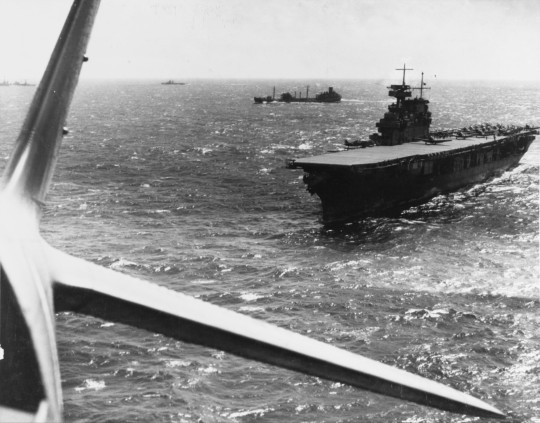
"USS YORKTOWN (CV-5) operating in the Pacific, photographed from a Douglas TBD-1 torpedo plane that has just taken off from her deck. Other TBD and SBD aircraft are also ready to be launched. A F4F-3 'Wildcat' fighter is parked on the outrigger just forward of the island. The other ships in the company include the fleet oiler USS GUADALUPE (AO-32), a destroyer and a heavy cruiser. This view has been retouched to censor the CXAM-radar antenna mounted atop Yorktown's foremast."
Date April 1942
U.S. Navy photo: 80-G-640553
#USS YORKTOWN (CV-5)#USS YORKTOWN#Yorktown Class#Aircraft Carrier#Warship#Ship#USS GUADALUPE (AO-32)#USS GUADALUPE#Oiler#United States Navy#U.S. Navy#US Navy#USN#Navy#World War II#World War 2#WWII#WW2#WWII History#History#Military History#Pacific Ocean#April#1942#my post
24 notes
·
View notes
Text

The Hitler Youth – Germany's future!, a Nazi Party propaganda postcard of an idealized 'Aryan'.
Illustration: Ludwig Hohlwein 1933
I DON'T SUPPORT NAZISM,FASCISM OR ZIONISM IN ANY WAY, THIS IS AN EDUCATIONAL POST
20 notes
·
View notes
Text
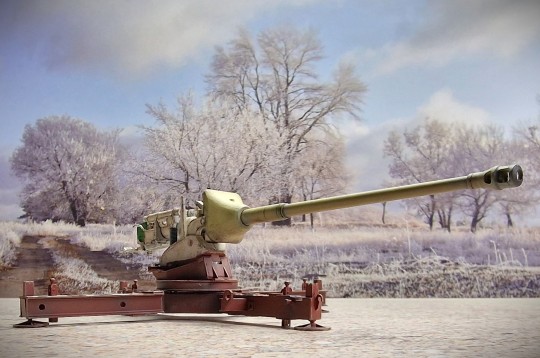
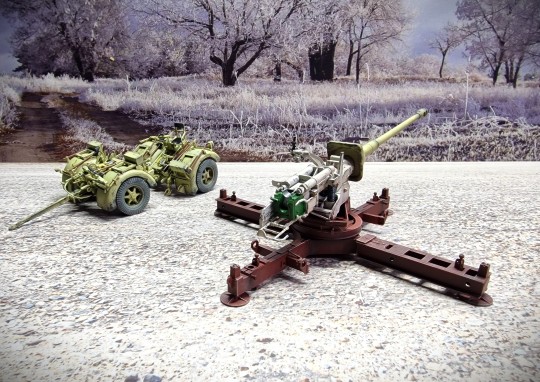

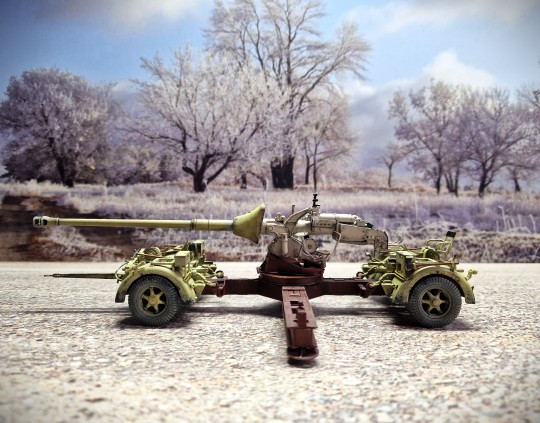



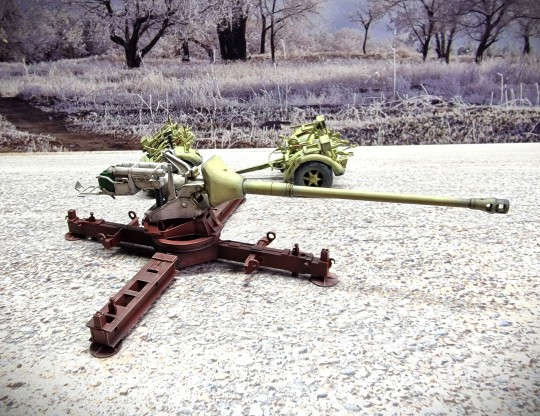

Nr.315, The Pak 43/3L/71.
Basicly a tankgun but the huns ran out of tanks to put them in what do you do? Yep put them on a mount and throw them into battle.
17 notes
·
View notes
Text
so in an attempt to actually use positive thinking, anytime i fuck up and my brain reacts as if ive cause a minor apocalyptic event, i compare my fuck up to the 4 minute fuck up committed by the crew of the uss william d porter.
and only today, as i was having to explain what happened to my mom when i was explaining the whole comparison thing, did i realise that most people dont know about it and ive decided that needs to change because its objectively hilarious.
...which is a weird thing to say about an event that occured on a warship in 1943, specifically november 14th.
see the uss william d porter was a fletcher-class destroyer but you dont need to know what that means, just that she had guns that went bang bang and that she was escorting another ship, the uss iowa, to cairo.
while they were on their way there, they performed some gun trials like testing the anti-aircraft guns or the torpedos. and while they were running a torpedo drill, the crew of the porter managed to fire a live torpedo straight at the iowa which you know, in terms of a list of things to do while escorting a ship, shooting a torpedo at them is not on that list.
especially if the president of the united states is on board.
yeah so fdr was on board and the gun trials were actually his idea, and part of the trials was that they were conducted under radio silence.
and that means the crew of the porter couldnt just call the iowa to be like "move out the way, we accidentally shot a torpedo at you."
but they did have signal lamps and you know, the signalman on board was trained to signal this exact kind of message.
...and uh never mind, the signalman did manage to successfully tell the iowa that a torpedo was coming toward them but wasnt as successful when it came to the direction the torpedo was coming from.
not all hope is lost though because the signalman could still use the signal lamp to correct his previous mistake and-, never mind, he announced that the porter was reversing, which she wasnt.
yeah so at catastrophic mistake number 3, they broke radio silence to warn the iowa and she managed to turn out of the way just in time which meant no one got hurt. and even though the inquiry into the incident led to chief torpedoman (fantastic job title btw) lawton dawson being sentences to hard labour, fdr intervened and waved away his sentence, saying it was all an accident.
but yeah, so thats my new measure for "how much did i really fuck up?" and when i compared accidentally picking up a pencil case without a tag on it in wilko, turns out it was a very minor fuck-up. yes, the cashier had to ask another worker to grab a duplicate so they could scan the barcode, but i didnt nearly kill the president during wartime via accidental friendly fire
#kai rambles#so like#i enjoy ships and learning about them and looking at them but like#i dont really care for warships#i dont hate them viscerally like i do cruise ships but i never really care for them#apart from the ones that were just like either ridiculously designed like the hms captain or the vasa or the novgorod#or the ones where just insane shit happened like with the william d porter#like this isnt even the extent of the porters unfortunate incidents like shr was sank by a kamikaze attack that MISSED#but somehow ended up below the ship and exploded and just like yeeted the porter out of the water#william d porter#uss william d porter#ww2#world war 2#world war ii#warships#again warships are really not my thing but god some of them are so fucking funny#uss iowa#fdr#franklin d. roosevelt#this suddenly got so many notes in like less than 24 hours what the fuck#shipposting
15K notes
·
View notes
Text
I saw this on quora and thought it was cool and wanted to share it on here. Its a long read but crazy. Its from Erik Painter

They did try. And they did capture Navajo men. However, they were unsuccessful in using them to decipher the code. The reason was simple. The Navajo Code was a code that used Navajo. It was not spoken Navajo. To a Navajo speaker, who had not learned the code, a Navajo Code talker sending a message sounds like a string of unconnected Navajo words with no grammar. It was incomprehensible. So, when the Japanese captured a Navajo man named Joe Kieyoomia in the Philippines, he could not really help them even though they tortured him. It was nonsense to him.
The Navajo Code had to be learned and memorized. It was designed to transmit a word by word or letter by letter exact English message. They did not just chat in Navajo. That could have been understood by a Navajo speaker, but more importantly translation is never, ever exact. It would not transmit precise messages. There were about 400 words in the Code.
The first 31 Navajo Marines created the Code with the help of one non-Navajo speaker officer who knew cryptography. The first part of the Code was made to transmit English letters. For each English letter there were three (or sometimes just two) English words that started with that letter and then they were translated into Navajo words. In this way English words could be spelled out with a substitution code. The alternate words were randomly switched around. So, for English B there were the Navajo words for Badger, Bear and Barrel. In Navajo that is: nahashchʼidí, shash, and tóshjeeh. Or the letter A was Red Ant, Axe, or Apple. In Navajo that is: wóláchííʼ, tsénił , or bilasáana. The English letter D was: bįįh=deer, and łééchąąʼí =dog, and chʼįįdii= bad spiritual substance (devil).
For the letter substitution part of the Code the word “bad” could be spelled out a number of ways. To a regular Navajo speaker it would sound like: “Bear, Apple, Dog”. Or other times it could be “ Barrel, Red Ant, Bad Spirit (devil)”. Other times it could be “Badger, Axe, Deer”. As you can see, for just this short English word, “bad” there are many possibilities and to the combination of words used. To a Navajo speaker, all versions are nonsense. It gets worse for a Navajo speaker because normal Navajo conjugates in complex ways (ways an English or Japanese speaker would never dream of). These lists of words have no indicators of how they are connected. It is utterly non-grammatical.
Then to speed it up, and make it even harder to break, they substituted Navajo words for common military words that were often used in short military messages. None were just translations. A few you could figure out. For example, a Lieutenant was “one silver bar” in Navajo. A Major was “Gold Oak Leaf” n Navajo. Other things were less obvious like a Battleship was the word for Whale in Navajo. A Mine Sweeper was the Navajo word for Beaver.
A note here as it seems hard for some people to get this. Navajo is a modern and living language. There are, and were, perfectly useful Navajo words for submarines and battleships and tanks. They did not “make up words because they had no words for modern things”. This is an incorrect story that gets around in the media. There had been Navajo in the military before WWII. The Navajo language is different and perhaps more flexible than English. It is easy to generate new words. They borrow very few words and have words for any modern thing you can imagine. The words for telephone, or train, or nuclear power are all made from Navajo stem roots.
Because the Navajo Marines had memorized the Code there was no code book to capture. There was no machine to capture either. They could transmit it over open radio waves. They could decode it in a few minutes as opposed to the 30 minutes to two hours that other code systems at the time took. And, no Navajo speaker who had not learned the Code could make any sense out of it.
The Japanese had no published texts on Navajo. There was no internationally available description of the language. The Germans had not studied it at the time. The Japanese did suspect it was Navajo. Linguists thought it was in the Athabaskan language family. That would be pretty clear to a linguist. And Navajo had the biggest group of speakers of any Athabaskan language. That is why they tortured Joe Kieyoomia. But, he could not make sense of it. It was just a list of words with no grammar and no meaning.
For Japanese, even writing the language down from the radio broadcasts would be very hard. It has lots of sounds that are not in Japanese or in English. It is hard to tell where some words end or start because the glottal stop is a common consonant. Frequency analysis would have been hard because they did not use a single word for each letter. And some words stood for words instead of for a letter. The task of breaking it was very hard.
Here is an example of a coded message:
béésh łigai naaki joogii gini dibé tsénił áchį́į́h bee ąą ńdítį́hí joogi béésh łóó’ dóó łóóʼtsoh
When translated directly from Navajo into English it is:
“SILVER TWO BLUE JAY CHICKEN HAWK SHEEP AXE NOSE KEY BLUE JAY IRON FISH AND WHALE. “
You can see why a Navajo who did not know the Code would not be able to do much with that. The message above means: “CAPTAIN, THE DIVE BOMBER SANK THE SUBMARINE AND BATTLESHIP.”
“Two silver bars” =captain. Blue jay= the. Chicken hawk= dive bomber. Iron fish = sub. Whale= battleship. “Sheep, Axe Nose Key”=sank. The only normal use of a Navajo word is the word for “and” which is “dóó ”. For the same message the word “sank” would be spelled out another way on a different day. For example, it could be: “snake, apple, needle, kettle”.
Here, below on the video, is a verbal example of how the code sounded. The code sent below sounded to a Navajo speaker who did not know the Code like this: “sheep eyes nose deer destroy tea mouse turkey onion sick horse 362 bear”. To a trained Code Talker, he would write down: “Send demolition team to hill 362 B”. The Navajo Marine Coder Talker then would give it to someone to take the message to the proper person. It only takes a minute or so to code and decode.
youtube
31K notes
·
View notes
Text
Fun fact: Brazil joined the Allied powers to liberate Italy from the Nazis late during WW2. Our troops were incredibly unprepared and frankly had no expectations of ever fighting in the war. But when they got there, the Brazilian troops were apparently so fucking chaotic and batshit crazy that it even frightened the Nazis. This is what a German captain had to say about it:
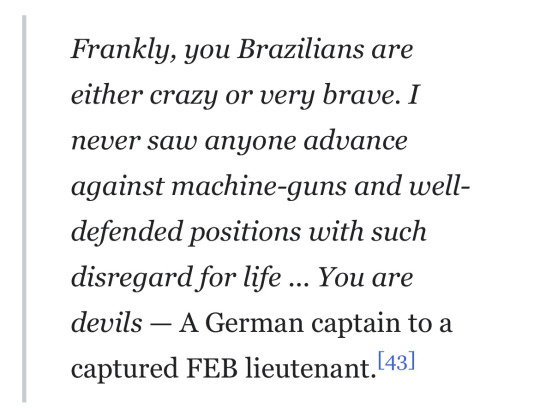
6K notes
·
View notes
Text
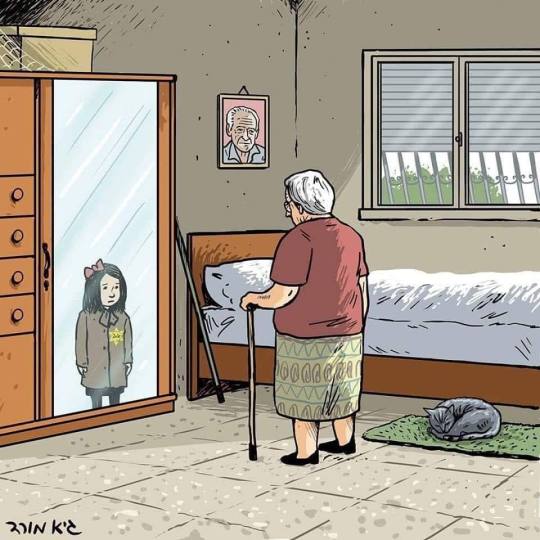
Never Again. Never Forget.
International Holocaust Remembrance Day.
Tomorrow, January 27.
1K notes
·
View notes
Text

December, 1943.
You are beautiful, even when you sleep.
I have COMMISSIONS OPEN if you're interested 🧡
Support my art on Ko fi ☕, please.
#stucky#bucky barnes#steve rogers#captain america#fanart#stevexbucky#myartwork#ww2#Sargent Barnes#Captain America#they're in love#Steve draws hearts#soulmates
1K notes
·
View notes
Text
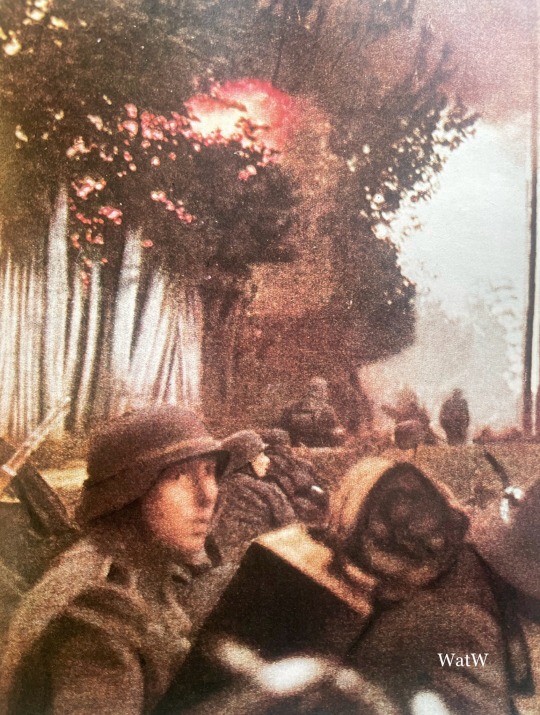
Operation Barbarossa gets underway. German soldiers await the order to advance - 22nd June 1941
#world war two#ww2#worldwar2photos#history#1940s#ww2 history#wwii#world war 2#ww2history#wwii era#operation barbarossa#barbarossa#1941#sovietunion#soviet union#eastern front
30 notes
·
View notes
Text
With the Oppenheimer movie getting all the garbage attention, unfriendly reminder that the US occupied Okinawa after WW2 and decades later "returned" it to Japan. Not only is there still an American base there, but Okinawa is an independent nation, not an Island of Japan. Neither Japan nor the US should have at any point taken control of the island.
Both governments are currently complicit in the unlawful occupation of Okinawa. Anyone who wants to learn more can check out Rob Kajiwara on YouTube, who is an Okinawan activist pressing for the return of the island to it's people.
#nobody clown on this post#japan is still working against the ryukuan and ainu people#and the us actively discredited okinawa as an independent nation for 80 years#okinawa#ww2
2K notes
·
View notes
Text

sure
#my art#band of brothers#ronald speirs#ron speirs#hbo war#ww2#dude standing there dot png#now for your viewing pleasure
2K notes
·
View notes


